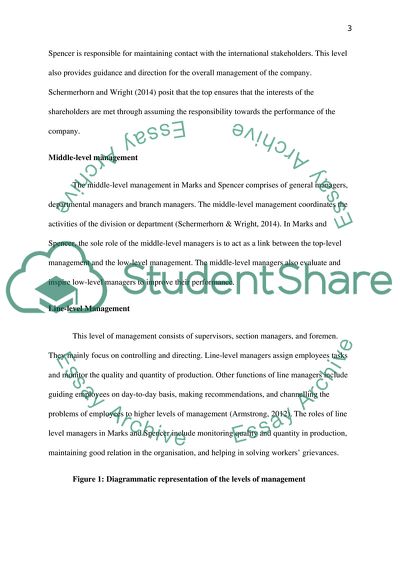Cite this document
(Management princilpes Essay Example | Topics and Well Written Essays - 1500 words, n.d.)
Management princilpes Essay Example | Topics and Well Written Essays - 1500 words. https://studentshare.org/management/1818279-management-princilpes
Management princilpes Essay Example | Topics and Well Written Essays - 1500 words. https://studentshare.org/management/1818279-management-princilpes
(Management Princilpes Essay Example | Topics and Well Written Essays - 1500 Words)
Management Princilpes Essay Example | Topics and Well Written Essays - 1500 Words. https://studentshare.org/management/1818279-management-princilpes.
Management Princilpes Essay Example | Topics and Well Written Essays - 1500 Words. https://studentshare.org/management/1818279-management-princilpes.
“Management Princilpes Essay Example | Topics and Well Written Essays - 1500 Words”. https://studentshare.org/management/1818279-management-princilpes.


